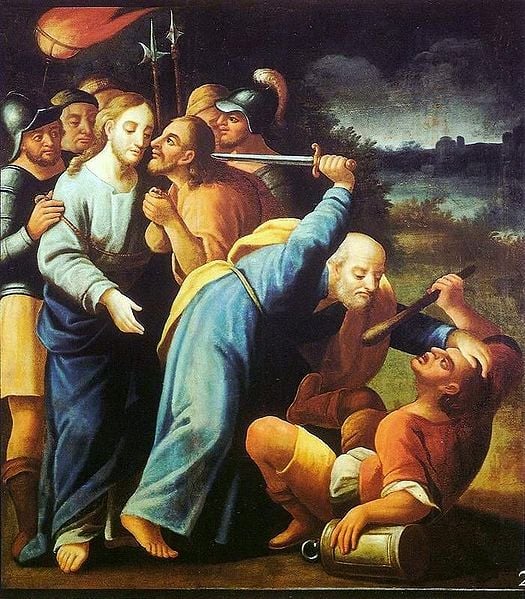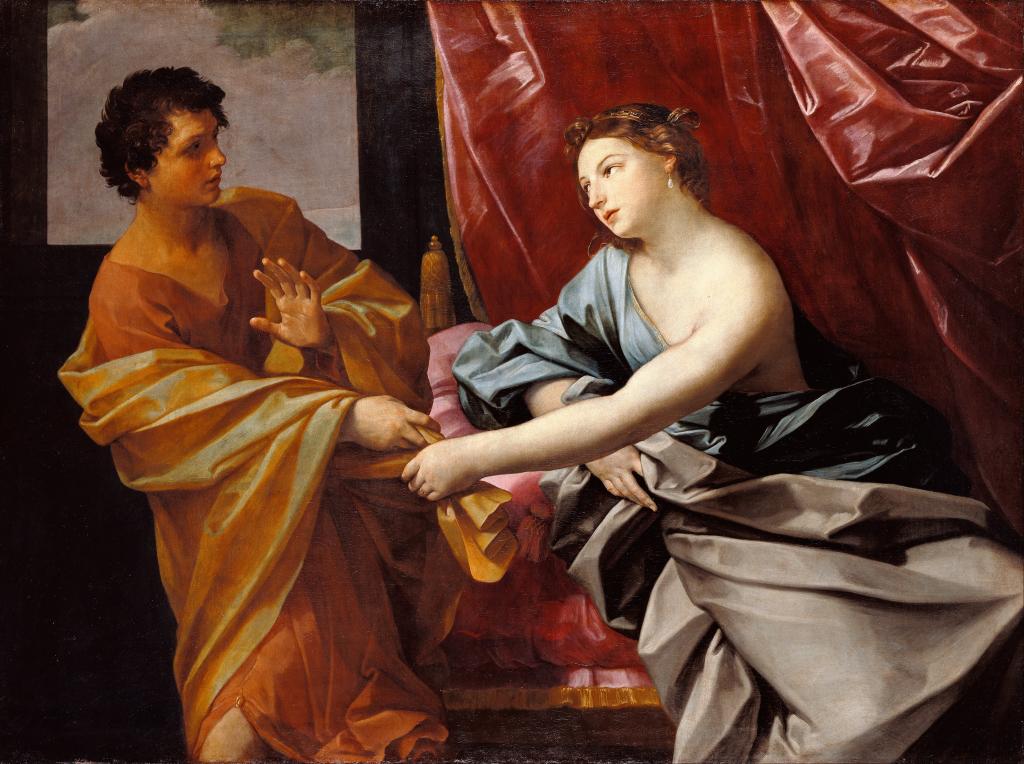This semester I taught early American religious history. We start with European settlement and end with the Civil War. A whole lot happens during this span of time. A whole lot changes—but maybe not as much as it first appears. During the semester, we looked at how conceptions of gender evolved over time. We began with Anne Hutchinson excommunicated and banished for opposing her Puritan ministers by stating that she had better, inside divine information than they did. Along the way, we perused the fictional Maria Monk captivity narrative and considered anti-polygamy literature. In her story, Maria Monk becomes a nun and upon her induction into a convent is immediately forced to be the sexual slave to priests who rape nuns and compel them to kill the children they bear as a result of these rapes. Anti-polygamy literature has similar stories of innocent women abused and neglected by sex-hungry Mormon men.
These anti-Catholic and anti-Mormon stories were wildly popular during the nineteenth century and were extremely effective ways for opponents to scare the general population about threats Mormons and Catholics supposedly posed to American society. Why were these stories so popular? Lots of theories about that. They were socially acceptable methods of sexual titillation for both men and women. They were often entertaining action/adventures stories with the women eventually escaping their captors. I think they were also ways that writers and readers talked about, created, and enacted gender norms. Mormons and Catholics were the clear-cut, concrete enemies. They threatened the virtue of innocent, good women who, within the “cult of domesticity” that reigned supreme at this time, were seen as the moral foundations of family and society. Get rid of Mormons and Catholics, save American women, and, thus, save American society. In these books, the solution was obvious, if not easy to execute.
At the very end of the semester, we got bombarded with the media coverage of the kidnapping and sexual assaults of the three young women in Cleveland. It struck me that the coverage of this story and of like cases, including the Elizabeth Smart abduction, fill a similar function today that the anti-Catholic and anti-Mormon stories did back in the day. They allow us a moment of clarity in the complicated, messy public and private discussions and realities of gender norms and sexuality. Sexual evil was perpetrated against innocent girls. This we can agree on, no ifs, ands, or buts. Of course there is an important difference in the Cleveland coverage versus the anti-Catholic and anti-Mormon literature—real and terrible crimes were committed. Yet, the media coverage of this horror can revert to the still surprisingly comfortable nineteenth-century model of helpless, female virtue.
Look a little closer and we see that there was, and continues to be a dark side to this older, clear storyline. As the more virtuous and pure of the genders, women were more responsible—and more damaged—in the eyes of society, when they didn’t act according to those suffocating Victorian norms. This assumption is still around today. One of the young Cleveland women was 20 at the time of her abduction and her family and the authorities were not even sure she had been the victim of a crime. They assumed she had run away. While the details of that particular case are still unclear and so it is unfair to judge anyone’s actions or non-actions, it is interesting to note that she had had a child and that child had been taken away because she had been deemed an unfit mother. On the surface, she was not an innocent young girl who deserved immediate and unquestioned sympathy.
As Alan Hurst has eloquently pointed out in an earlier column on this blog, these assumptions can be extremely damaging when internalized by girls and women. And, to be fair, some media coverage has also picked up on this theme. Elizabeth Smart has become an activist against sexual trafficking. Since her abduction case had similarities with the Cleveland case, the media, especially within the LDS community, highlighted a recent talk that she gave about her experiences. In this talk, Smart explained she was helpless to escape her captivity, in part, because she felt as though the rapes perpetrated against her had damaged her, made her intrinsically less worthy. She had learned this lesson growing up and pointed to a moment when a teacher told her that female sexual virtue was like a stick of gum that no one would want once it had been chewed up. She felt that she was at fault. It is no surprise that, as a devout Mormon, Smart would have learned this lesson. Mormonism, founded at the height of the “cult of domesticity,” has self-consciously retained this view of genders and sexual purity—the very gender norms that critics of polygamy were loudly accusing the church of attacking. And there’s no need to point fingers at Mormonism for continuing this norm. As mentioned above, I think this gender understanding remains in plenty of other American religions and in American public discourse, in general.
I wonder if this dark side continues on an even earlier view of women, what Catherine Brekus and others have called the one-sex model. Prevalent until the end of the eighteenth century, in this model it was assumed that there was one sex, male, and that females were a degenerated version of this optimal, maleness. Because of the fall of Eve, women were seen to be easily corrupted and prone to sexual sins—in some ways this was the very opposite of the later, nineteenth century adulation of women. Anne Hutchinson was dismissed as a woman who had fallen prey to spiritual and sexual temptations. Her contemporaries believed she was a heretic and that she had given birth to monstrous, satanic creatures. This older denigration and, I’d say, anger against women continues not just in the remnants of the “cult of domesticity.” It forms the very base of the way we overly idealize mothers and make them responsible for much that goes wrong in families and society. But reality in the world is so much more complicated than these older, fused models of gender can express and explain. And perhaps this is why the clarity of the Cleveland coverage—and the earlier anti-Mormon and anti-Catholic literature—is such compelling if not, ultimately, clarifying fare.











